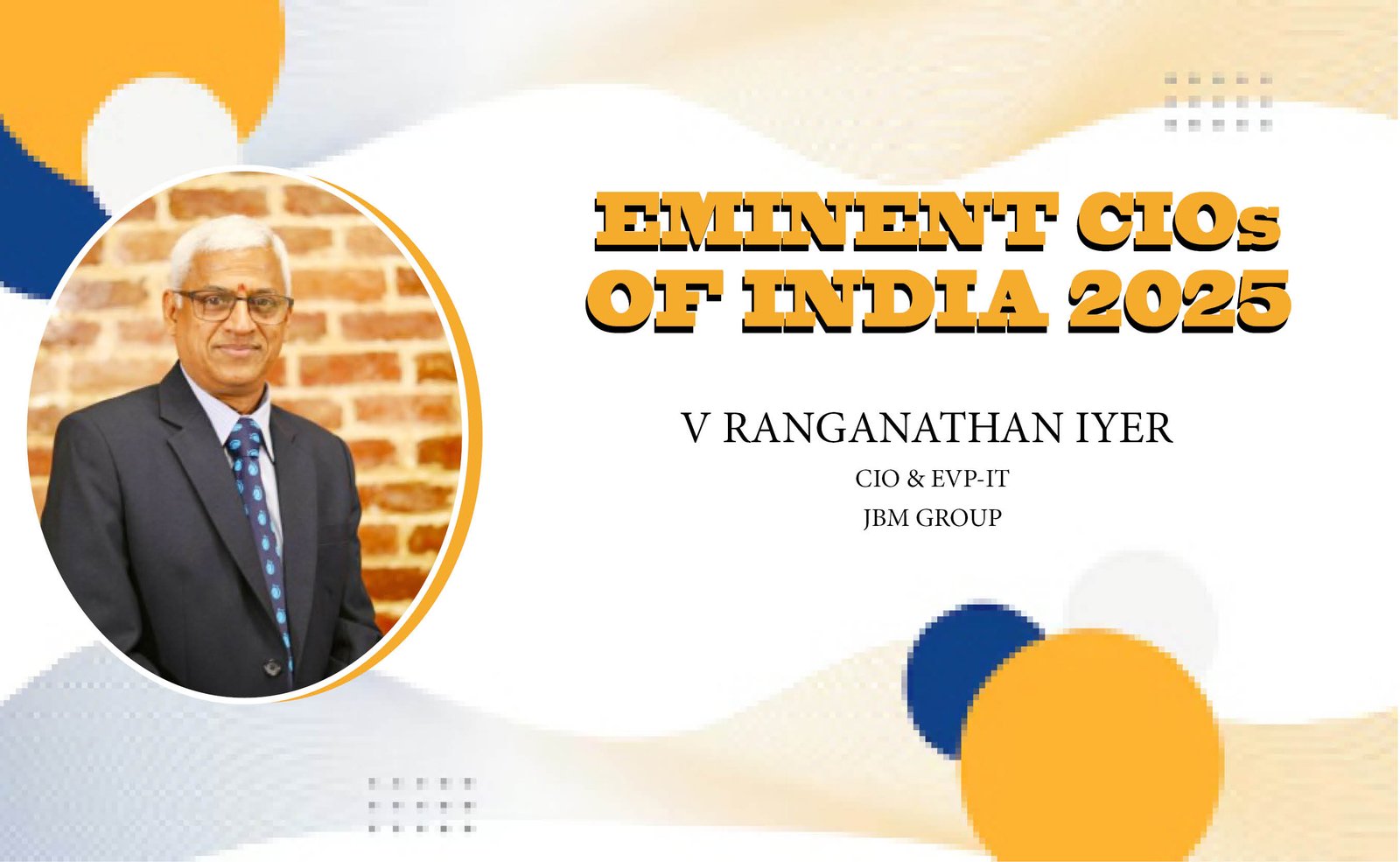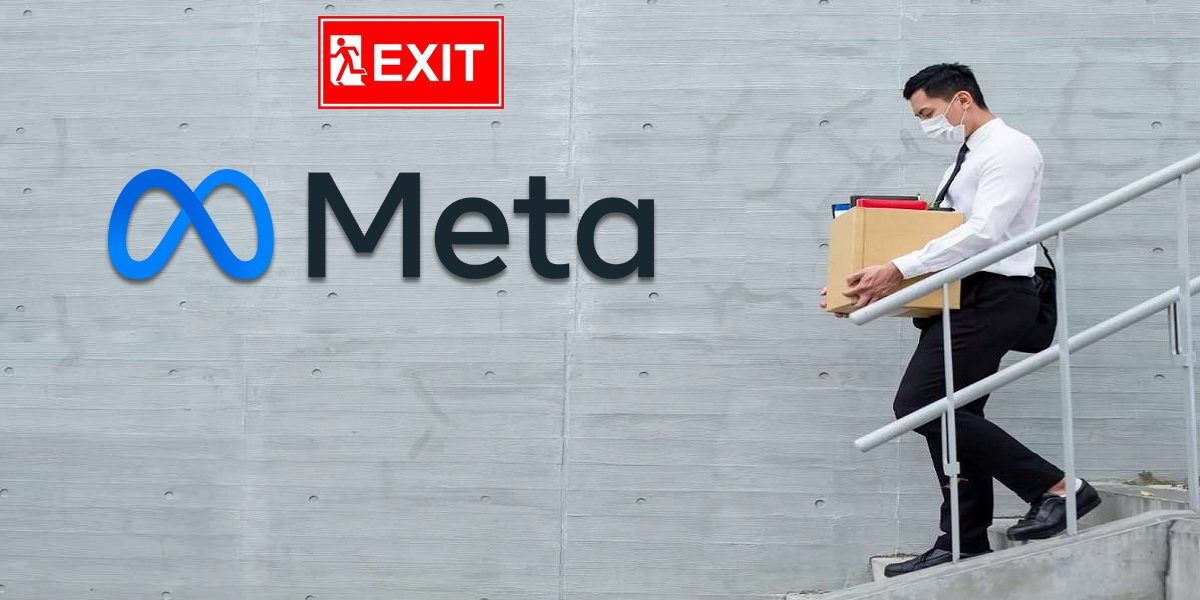V Ranganathan Iyer, CIO & EVP-IT, JBM Group
Sustainability and Innovation in Automotive
The automotive industry is undergoing a transformative shift, with sustainability at its core. Automakers are adopting eco-friendly materials, energy-efficient processes, and robust recycling programs, particularly for EV batteries, to lower carbon emissions and promote a circular economy. The shift to renewable energy sources like solar and waste-to-energy is supporting green vehicle production. Advanced manufacturing techniques using lightweight materials and innovative designs are boosting fuel efficiency across all vehicle categories—two-wheelers to buses.
Electric Vehicles (EVs) are gaining traction due to battery innovations, expanding models, and government incentives. The rise of Software-Defined Vehicles (SDVs), connectivity, and AI is improving performance and enabling predictive maintenance, diagnostics, and real-time user assistance. Autonomous driving, too, is evolving with AI-powered safety systems and driver assistance.
Digital Transformation & Leadership in IT
Chief Information Officers (CIOs), Chief Technology Officers (CTOs), Chief Information Security Officers (CISOs), and Data Protection Officers (DPOs) are leading digital transformation initiatives in manufacturing. CIOs are integrating AI, IoT, and blockchain into processes to drive efficiency, reduce costs, and foster innovation.
They are enabling data-driven decision-making and steering smart vehicle R&D. CTOs are aligning product management with business goals, accelerating engineering velocity, and enhancing customer satisfaction through AI and automation. CISOs are moving beyond traditional cybersecurity roles, focusing on AI-powered threat detection, zero-trust frameworks, and board-level strategy alignment. DPOs are strengthening compliance with evolving data protection laws, promoting ethical data use, and balancing innovation with privacy concerns.
Cybersecurity Culture and Metrics of Success
Building a security-first culture is critical. Leadership commitment, continuous education, role-specific training, and reward systems encourage secure behavior. Embedding cybersecurity into daily workflows and fostering open communication enhances awareness. Regular audits help mitigate risks. CIOs, CTOs, and CISOs rely on metrics like IT ROI, system uptime, engineering velocity, incident response time, and training completion rates to track performance and success.
DPOs focus on compliance rates, privacy assessments, breach incidents, and data request fulfilment rates. While CIOs and CTOs have technical and strategic strengths, DPO roles require specialized knowledge of legal compliance. CISOs bring robust risk management expertise, but may lack legal nuance. Therefore, legal and finance professionals are best suited for the DPO role due to their regulatory acumen.






